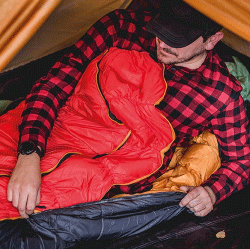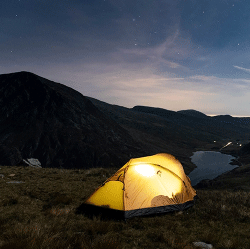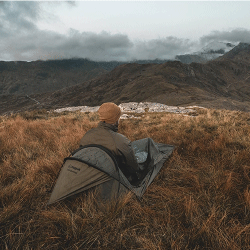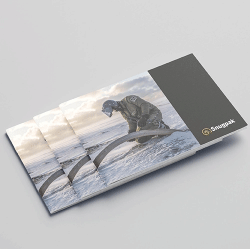

How Do I Put Up A Tent?
Choosing the tent is one thing. Putting it up without causing amusement to other, more experienced campers at the site, is another thing. So to avoid embarrassment, or tension in the first hours of your “relaxing break”, by following these simple tips:
– when you’ve bought the tent it’s a good idea to ask the sales person to show you how to put it up. A good way to learn is watching someone do it. If that’s not possible then see if the manufacturer has a video on their website demonstrating how to put it up
– the next step is to practice at home. Have a go at putting your tent up and, if you struggle guys, it’s not a show of weakness to read the manual!
– Before you set off double check that you’re taking all the parts that make up the tent with you. Being 300 miles from home and missing the bag of tent pegs is not the start to the holiday you are looking for!
– Once you get to the campsite choose the spot that right for you to pitch your tent – if it’s possible. Being near the toilets can be great for night time trips but the constant traffic of people could be an issue for you. And setting up near play areas might seem great until you hear the noise of children playing enthusiastically at 6.30am in the morning!
– Hedges and other units can be great wind breaks but beware of trees. At worst they can be dangerous in storms and, at best, they can drip sap on your tent, birds roost in them and can drop little presents and the ground is often poor under trees.
– Choose flat ground – if you can! And check where the surface water goes.
– Once you’ve chosen your spot, check the area for anything that could damage your tent, for example the ground sheet, and try to pitch the tent with the door away from the wind (or you could take off in the middle of the night!)
– If you have to pitch on a slope have the door of the tent facing downwards to avoid the rain coming in
– For tents with an integrated ground sheet you can generally peg out each corner (but not too tightly) and the rest of the pegs can be put in after the tent is standing. Pegs should be driven in at a angle of 45 degrees with the point towards the tent. A mallet is a very useful tool to have for this!
– Take care when inserting the poles and don’t force the issue. Putting a hole in your tent would be a very bad start! As an insurance against this make sure you carry a tent repair kit from your tent manufacturer
– Importantly, the guylines should follow the lines of the seams of your tent for greatest stability
Once you’ve sorted out your bedding internally – especially if you’re on a slope – you are all set to enjoy the camping experience!
Now, when you’re in the tent, there can be the issue of condensation. The best way to prevent the build up of condensation is to leave your rain fly open at night to promote as much ventilation as possible. If water vapor can escape out a vent, window or door, you can significantly reduce or eliminate the amount of tent condensation that occurs. Further, having your tent near sources of water (lakes, streams, etc) or storing wet items in the tent will significantly increase condensation on top of the 1 litre of moisture per person generated in the tent every night!
If it’s raining and you are sleeping in a double-walled tent, make sure that the rain fly is stretched as far away from the inner tent as possible, particularly along the sides and corners of the tent.
Finally, when packing up, don’t forget to make sure you’ve packed up all your tent parts. Believe us, it avoids arguments the next time you are camping!
Of course, we always love to hear your tips, advice and experience – Join us on Facebook, Twitter and Google+ to to discuss further.









